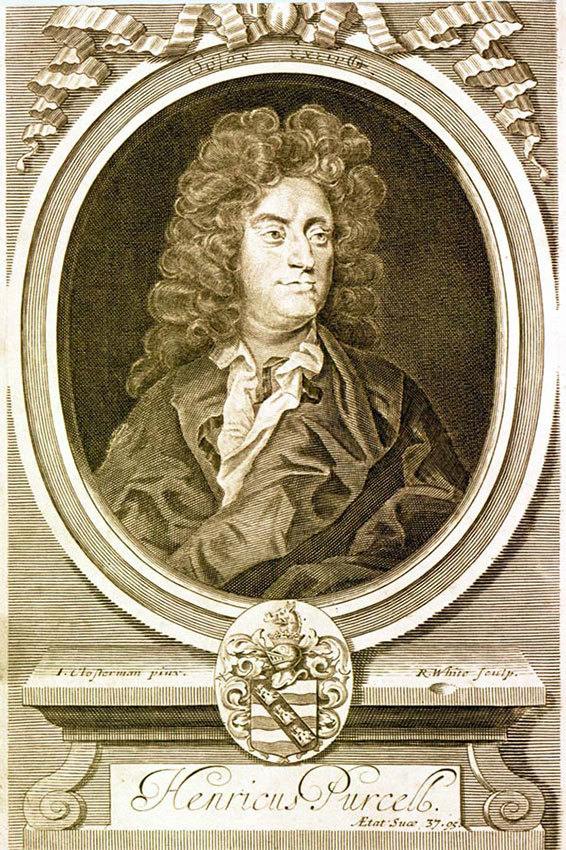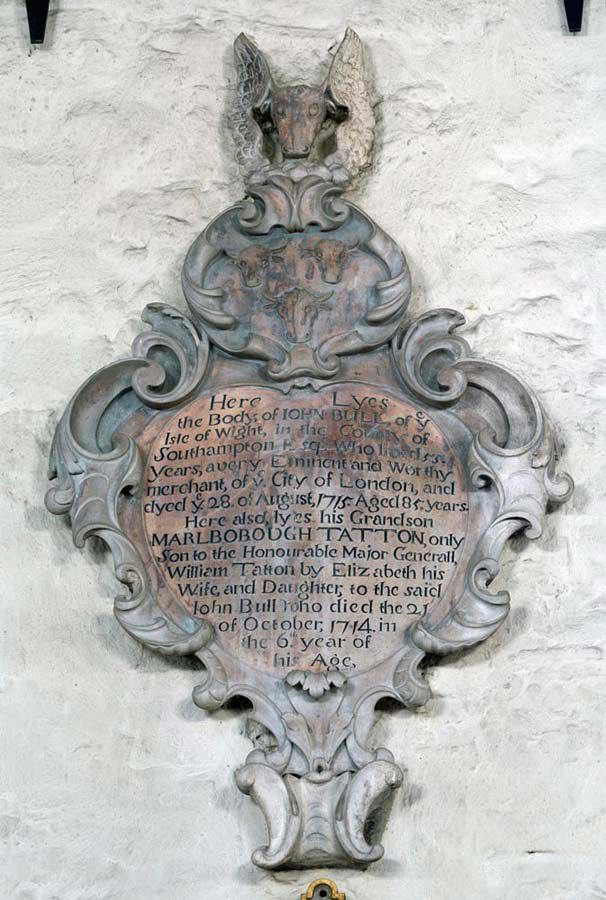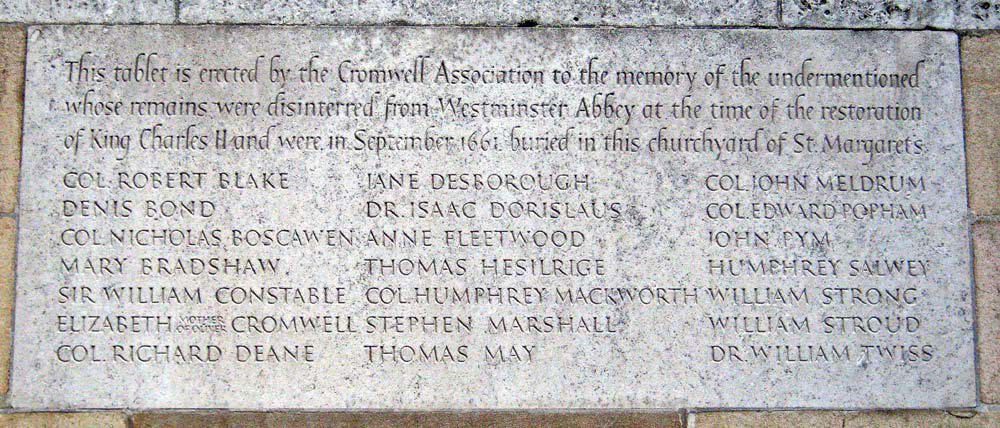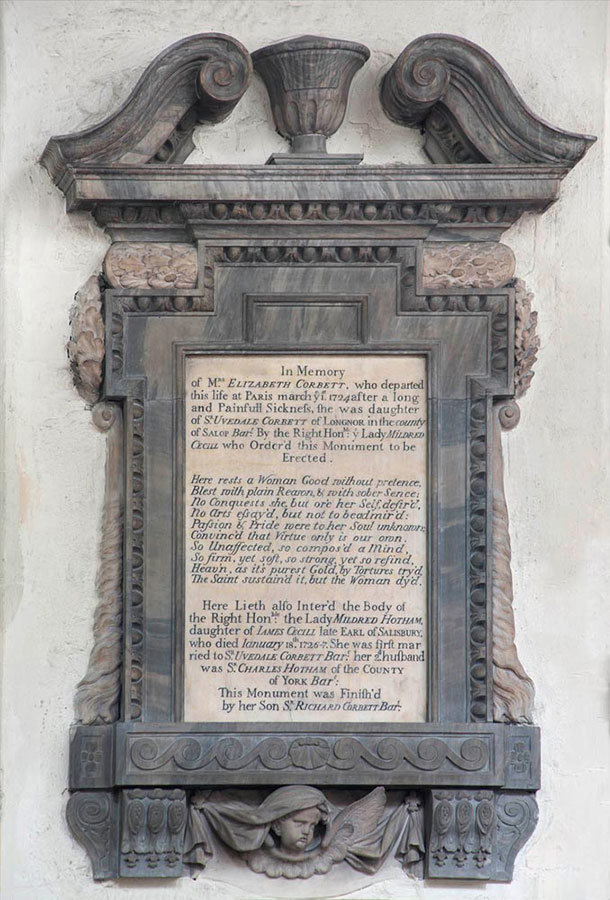Unfortunately the memorial window in St Margaret's Westminster to Sir Goldsworthy Gurney, surgeon and engineer, was destroyed by blast during the 1939-1945 war and there is no memorial for him now in the church.
The window, by Edward Frampton, was on the north side of the church and a tablet in opus sectile work below it read:
To the Glory of God and in memory of Sir Goldsworthy Gurney. Born February 14th 1793. Died February 28th 1875. He originated the Electric Telegraph, High Speed Locomotion and Flashing Light Signalling. He invented the Steam Jet and the Oxy-Hydrogen Blow Pipe. He resided in Cornwall but spent most of his time in this parish, chiefly at the Houses of Parliament. His wife Elizabeth, nee Symons, lies buried in the church in the adjoining parish of St Martin in the Fields. This window was given by their devoted daughter Anna Grace Gurney
At the base of the window itself the inscription was:
In memory of Sir Goldsworthy Gurney. Born February 1793. Died February 28th 1875. Show yourselves joyful in the Lord, all ye lands; sing, rejoice and give thanks.
It was unveiled on 27th July 1893 by the Duke of Wellington (grandson of the illustrious Duke who had travelled in Gurney's steam road carriage in 1829). In the upper lights of the window was the Gurney family coat of arms: "paly of six, or and argent, per fess counterchanged" and arms of the Duchy of Cornwall. There were representations of the Seraphim and the central light had a figure of Christ holding an orb with a cross. Either side were the Angel of the Sun and the Angel of the Moon. The lower panels showed a tablet held by two angels with a drawing on it of the steam carriage in which the then Prime Minister, the Duke of Wellington and other friends are seated. On the right was a portrait of Gurney seated at a table surrounded by the various instruments he used in his experiments, copied from a book of lectures he published in 1824.
He was born near Padstow in Cornwall, a son of John and his wife Isabell (Carter). One of his brothers was Samuel. He was named after his godmother, a daughter of General Goldsworthy and was educated at Truro. He witnessed some of Richard Trevithick's experiments. In Wadebridge he had his own medical practice and in 1814 married Elizabeth Symons. Their daughter was Anna but their son John died in 1847. Moving to London he practised as a surgeon in Soho and undertook lectures and many experiments in chemistry and electricity. Examples of his heating stoves can still be seen in Peterborough Cathedral. Retiring to Cornwall he also made various agricultural experiments and married his second wife Jane (Betty) and they had a daughter Elizabeth Jane. In 1863 he was knighted and is buried in the churchyard at Launcells.
Unfortunately there seems to be no photograph or engraving of the window.
Further reading
Sir Goldsworthy Gurney... by T.R. Harris, 1975
Oxford Dictionary of National Biography

See page for author [CC BY 4.0], via Wikimedia Commons










